It’s really a shame that the MD-Hunter blog didn’t exist in the ’60s. We would have known for certain who and when was the first to make (and set to launch for sale) a pinpointer. As now it is anybody’s guess… Garrett, Fisher, or White’s? Today, any serious MD manufacturer has at least one probe in its lineup. Interestingly, it is not so simple to make a pinpointer. For instance, Nel promised to manufacture a super probe but failed. XP has managed to produce its pinpointer just now. Besides, this year (2017) we have seen 5 new devices at once: the XP MI-6, Minelab PRO-Find 35 / 15, Tenetics Tek-Point, and Fisher F-Pulse. Do you know what unites them? Great depth and ability to withstand submersion.
3 sensitivity levels, various responses namely audio, vibration and mixed, dynamic mode, LED light, lost pinpointer alarm, auto-off feature. Single button operation and 2 AA batteries power supply. Has 2 rulers, in inches and centimeters, molded into its exterior. Submersible up to 3 meters. Able to work in salt and… cold water. The latter is great – I didn’t see that sort of feature before. But maybe other probes back down from cold water challenge, and we aren’t aware of it? What can you say about it, Minelab?
Being a helpful tool for metal detecting, a pinpointer, by virtue of its nature, must save time while hunting. You should take the unit, switch it on, stick it into a hole, pick up your find, switch it off and go searching further. And that’s all! If something in this algorithm works differently, you get wasteful spending. Supposing you stuck a pinpointer into a hole, heard the audio response, but there wasn’t any find. It was simply a false response. Personally I wouldn’t take such a device even for free.
The same refers to the unit’s detection portion. There are some pinpointer models with the area of detection concentrated around the tip only (+ a small area near the button, almost near the grip). The middle area along the shaft in such probes doesn’t have sensors and therefore can’t detect metal while searching. Simply said, you won’t be able to scan the dirt plug with such a pinpointer in a horizontal plane – such kind of units have tip-point detection. I once tried to tell about it, but fans of such pointers were up in arms against me. Ok, let them use whatever they want, more finds for me ))
The Fisher F-Pulse features a 360 degree side scan detection area. I made a video that includes a mini test (a key as a test target at the end of it), the probe works as it is supposed to.
While searching with the Fisher F-Pulse – when turned upside down, knocked, submerged in water, or with the tip touched to the ground – I didn’t notice any false responses. The pinpointer is perfectly stable and quiet, responding to targets only.
The Fisher F-Pulse sensitivity is impressive. For the time being, it’s the most powerful probe that is able to pick up a silver tiny coin of Ivan the Terrible at a 6 cm depth. It’s also sensitive to other super small finds and bits of aluminum foil.
A pinpointer usually indicates the depth (distance to a find) by a dynamic response – it becomes more intense as the unit is moved closer to a target. Apart from the dynamic response, the Fisher F-Pulse has a fast retune feature. It works as follows: supposing the probe ‘sees’ a coin at a 10 cm depth. You move the device to a 7 cm distance, quick-press the button, and your probe is currently sensitive within this distance (7 cm) only and doesn’t see deeper. That setting will be saved until the unit is off. There is an example of how it works at the end of the test video.
The Fisher F-Pulse can be used on land and underwater. A waterproof probe is really an advantage. For example, even if you go into the water knee-deep, sometimes it’s very difficult to get the find out of the water. But if your pinpointer can withstand submersion, you can speed your searches by far. Also, you can wash your device under running water, continue searching even in the rain and work in the holes filled with water (helpful, too!).
The idea of using the AA batteries to power the pinpointer is extremely practical. The metal detectors are also powered by these ones, so it is not necessary to carry around different types of spare batteries.
When holding the Fisher F-Pulse you feel a great reliability and strength margin. The pinpointer has rock-solid construction. Comes with a metal battery compartment screw cap with an O-ring. There is a lanyard attachment loop. The on/off button really seems to be of shell withstanding capacity – with each push you feel how reliable it is.
The Fisher F-Pulse weight (with battery) is nearly 200 grams. Actually, such weight for a pinpointer has already become standard – up to 250 grams. You think it’s not important? There are the Chinese probes weighing more than 0.5 kg in the market. Do you want to hunt with such a ‘dumbbell’?
Having spent two outings with the Fisher F-Pulse, I haven’t seen any drawbacks and have the highest positive opinion with regard to this unit. I also wanted to add the info about the battery life, how long it is. However, after two outings the batteries haven’t run down. Probably it is a case of 20+ hours of constant power supply. Further practice will show.
All about the Fisher F-Pulse is collected here (news, tests, comparisons, reviews and opinions). Plus, on special Knowledgebase page there is additional info on this pinpointer (specs, features, and much more).

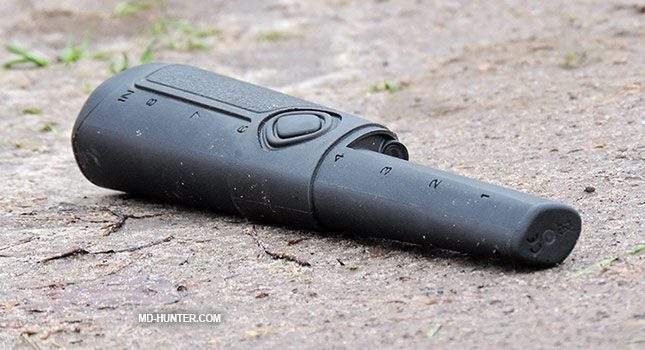
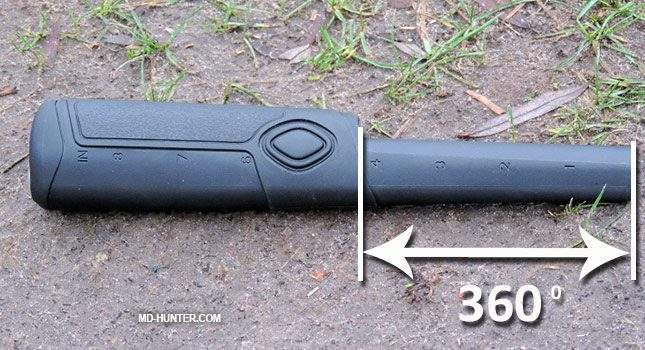
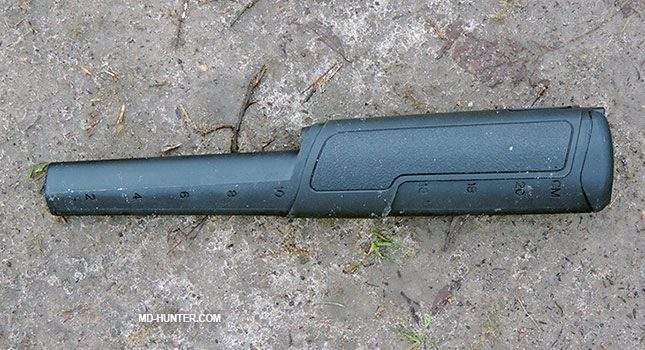
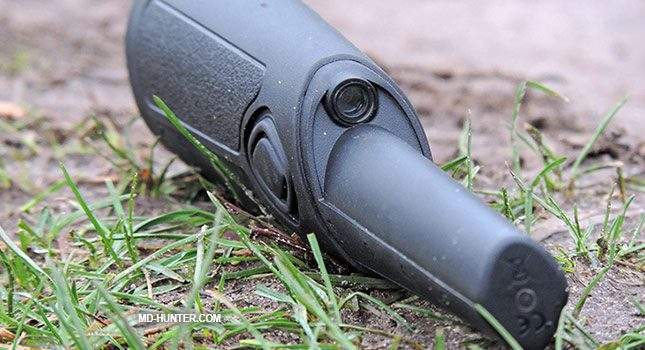
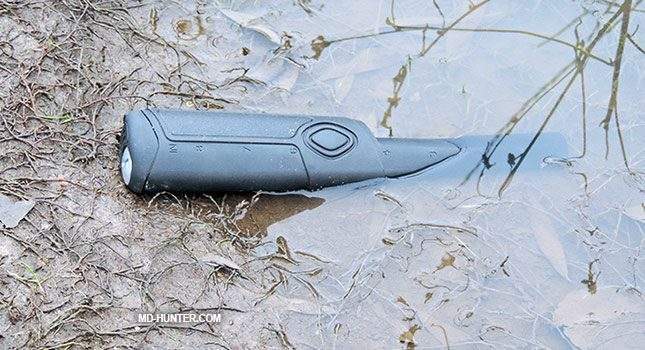
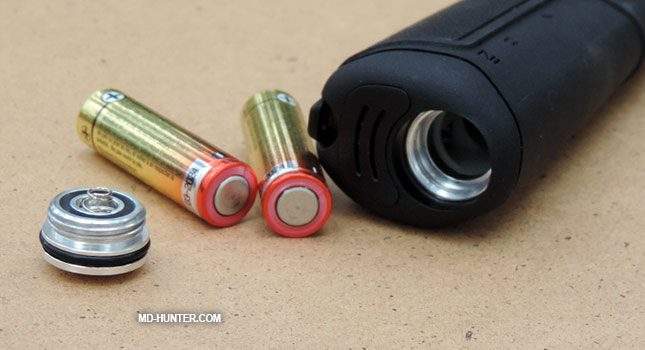
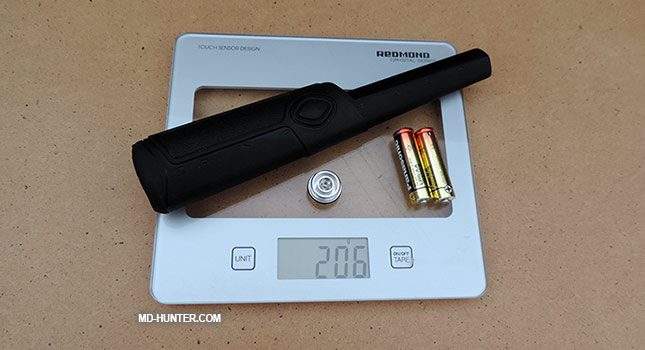





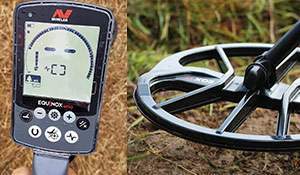



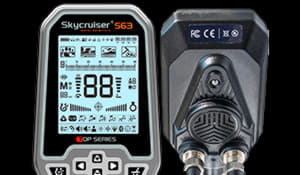

This one and it’s brother will be a NO_GO for me. I don’t like the 360 degree side scan. I like a pin-pointer that pin points at the very end. I don’t like to waste time put the pin-pointer down in a hole and trying to figure out where the object is because it’s reading on the side. Just me, I’m sure it will be good for others.
Excellent Don! The same I think.
you lot will eat ur words when you use one! beats the lot of them!
Excellent review.
If the pinpointer stunk, no doubt MD-Hunter would call it out. I’m purchasing an F pointer based on this review.
That is all.
I designed the F-Pulse (tip+side scan) and the circuit for the White’s TRX (tip only), There are pros & cons of each type, just as with DD vs concentric coils. There is no “best” approach. My personal preference for the majority of hunting I do is tip-only, yet if I were relic hunting in a field I would grab a side-scan PP, no question.
The issue of tip vs tip+side is decided by the circuit design, it is not something that can be easily altered by the designer. PI (F-Pulse, Pistol Probe) and loaded oscillator (ProPointer, Pro-Find 25) end up with tip+side, VLF/IB (TRX, Sunray) end up with tip-only; all whether you want it or not.
If you are Geotech1 then your name is Carl Moorland!
My name is Eugene TERMINATOR.
I have Garrett ProPointer that was given to me by Bob Podhrasky
in 2008 as a gift. It works pretty well for 10 years now and it has
“tip+side” technology. I have only one question – why Fisher F-Pulse
and Teknetics Tek-Point are “the same”? Why you didn’t use
different technologies in them? Say in Fisher – Pulse technology
and in Teknetics – VLF/TR ?
A VLF pinpointer design (like the TRX) is more difficult than PI; I didn’t have time to do both designs so I chose the simpler one that gives better performance than most any other PP on the market. Eventually I’ll design a VLF PP, but got at least 3 other projects in front of it. BTW, the Fisher & Tek versions are mostly because we have different distribution channels for Fisher & Tek. Both channels want the PP, so we make it in both flavors.
O.K. let it be so! But one small “note” – Pulse technology is
famous with its sensitivity for EMI especially so called
“parasite stroboscopic effect” I wander if you used random
pulse width/rate modulation to suppress it?
One more small “note” – there are rumours that FT “fired out”
all R&D electronics engineers who worked on Fisher CZX and
Fisher Mosca projects. Can you give us “just a wink of the eye”
what is going there?
Had I only asked Carl Moorland “how is Fisher?” as Carl
vanished in thin air and disappeared without a trace!
What a good kick I should give him to return him “back to
existence”?
Originally I programmed correlated random jitter into the TX and RX to spectrally spread out the EMI. It sorta-kinda worked but not good enough, so I added a frequency adjust. On the rumors: no, the CZX & Mosca engineers were not fired.
Thanks, Carl! I agree with you – frequency shift is simple
and reliable method to fight EMI. I wish you success in
your projects!
Coin Scan Man: You are right, I’m eating my words. I broke down and purchased one. After five outings, I sent it back to Fisher. My unit was totally unstable. I ground Balanced it on every search but it was still erratic and would even go off holding the unit in the air. On several occasions, I had to remove the battery’s to shut it off. I have had defective items from other vendors so I’m not trying to flame Fisher, I’m sure they will make it good. Waiting………………